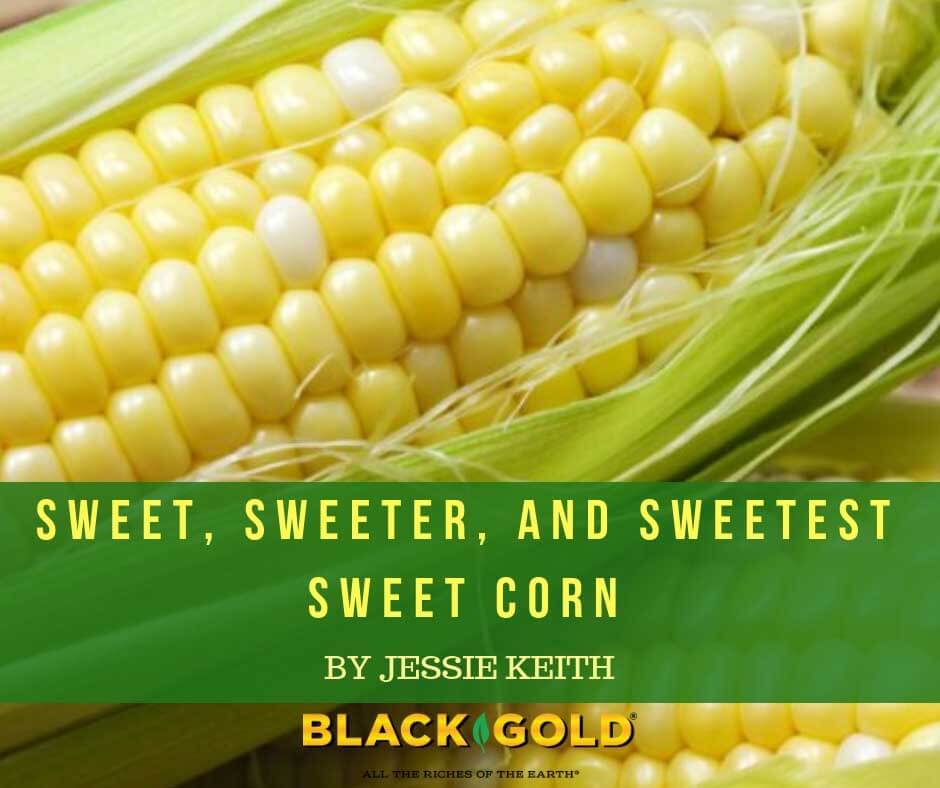
Sweet corn is summer bliss, but not all ears are the same. So, what makes one type better than the other? It depends on your sweet tooth. Crisp sweet corn comes in different sugar levels, from supersweet to old-time sugary sweet. Here’s what you need to know to choose the best ears to suit your taste.
What Makes Sweet Corn Sweet?
The first sweet corn was sold to American gardeners in the 1820s (a white kerneled variety) and since then, sweeter, tenderer varieties have been developed each year. (One of the earliest varieties, ‘Golden Bantam’ (1902), is still popular today!) This is thanks to three sweet corn genetic groups (sugary (SU), sugar enhanced (SE) and supersweet (SH2)) that provide higher sugar content, less starch, and more tender kernels. New varieties bred from these genetic groups, labeled as synergistic (mix of SE and SH2 kernels on the same ear) and augmented supersweet (sugar amplified SH2), offer the sweetest taste. Gardeners looking for old-fashioned sweet corn with good flavor should look for older SU and SE varieties.
Kernel Size, Color, and Texture
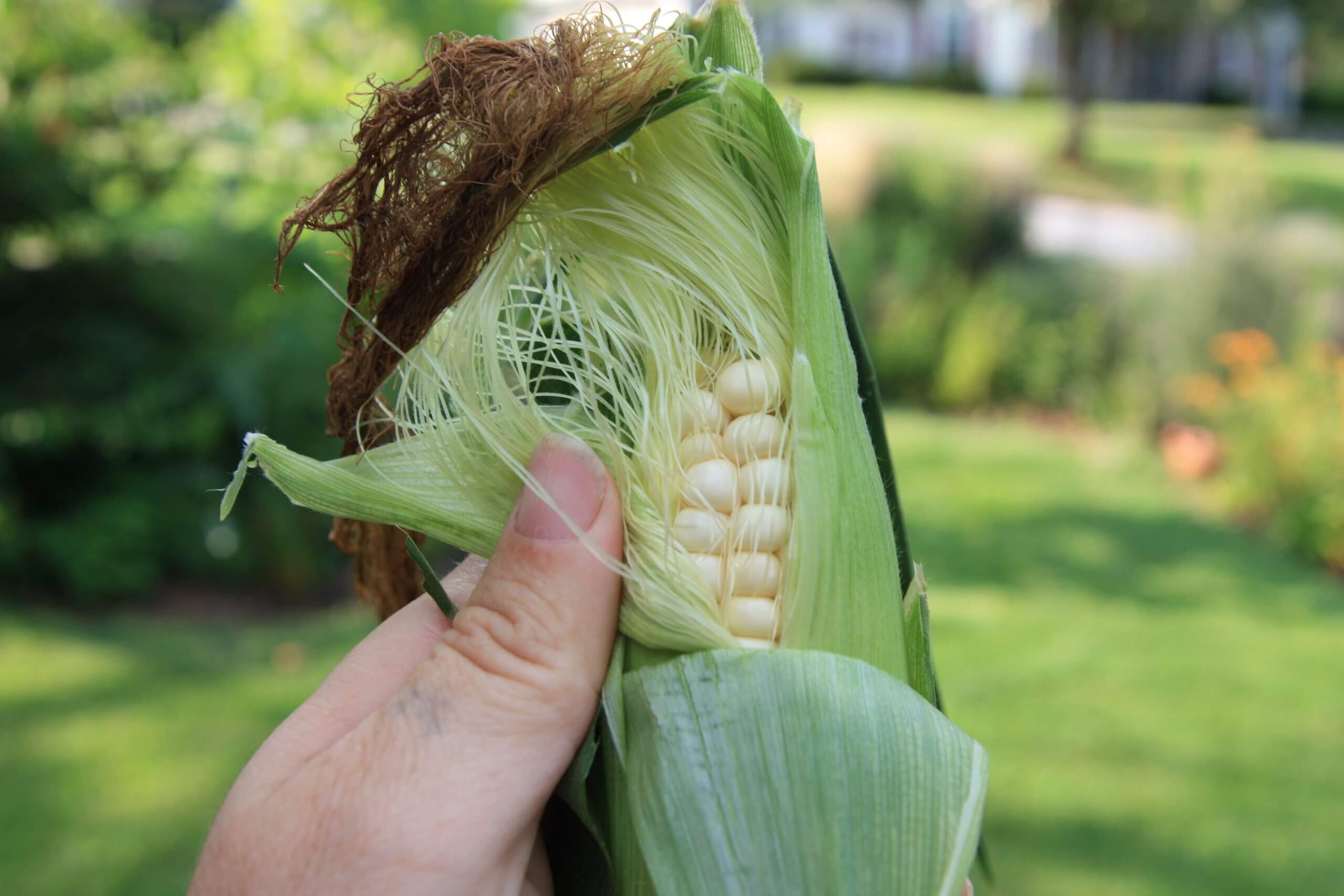
Kernel size, texture, and color should also vary between varieties as do ear size and kernel density. There are white, yellow, and bicolor (white and yellow) ears with kernels that are small and rounded, large and angular, or somewhere in between. Supersweet corn often has a crisp texture while sugary tends to have a firmer, creamier texture. Good seed vendors always provide this information to make it easy for gardeners to pick corn with their favorite characteristics.
Sugary Sweet Corn
These old-fashioned classic sweet corn varieties have great flavor, and while they have good sweetness, they are not extremely sugary. ‘Silver Queen’ (92 days) is a classic white sugary variety recognized for its crisp sweet kernels and high performance. For a great tasting yellow variety, try ‘Early Sunglow’ (63 days), which has shorter ears that are early to mature. A sweet and prolific bicolor is the old-fashioned, open-pollinated, pale yellow and white ‘Double Standard‘ (73 days).
Sugar Enhanced Sweet Corn
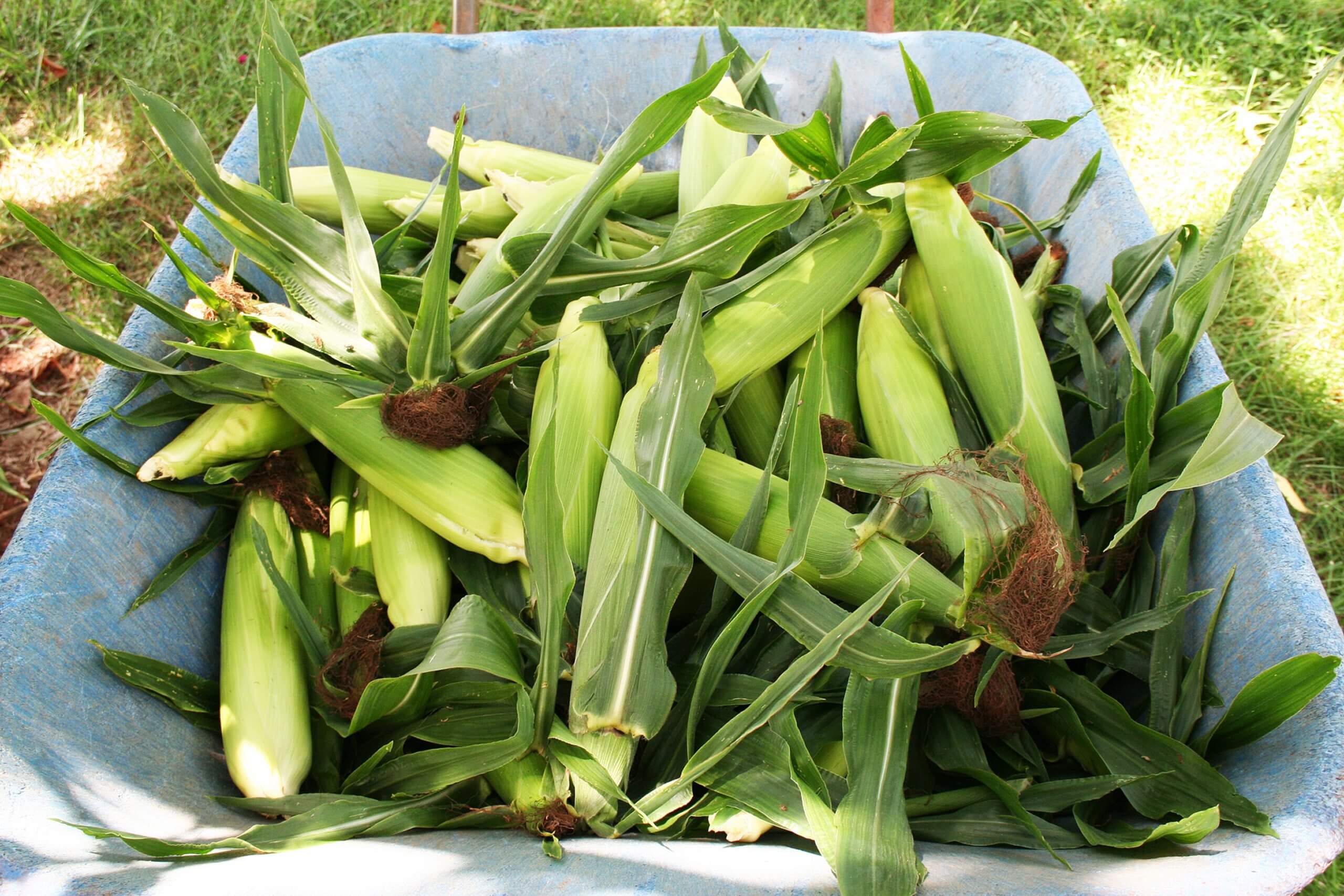
Pearly crisp texture, uniform ears, and good sweetness are what make ‘Sugar Pearl‘ (72 days) a favorite among gardeners. The yellow ‘Sugar Buns‘ (70 days) is a good yellow variety with a long window of harvest and short ears that have reliable sweetness. And, the early ‘Trinity‘ (68 days) is an easy-to-find choice with sweet, crisp, white and yellow kernels on shorter ears.
The Sweetest Sweet Corn
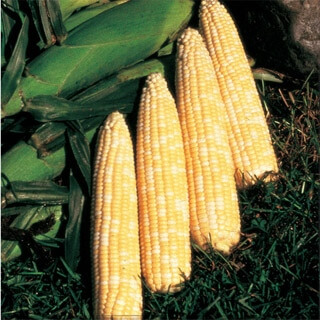
The disease-resistant ‘Vision MXR‘ (75 days) is a deep yellow supersweet with long ears that grow from tall plants. ‘Honey n’ Pearl‘ bicolor (78 days) is an early supersweet and 1988 AAS Winner noted for its vigor and great taste. A reliable synergistic variety is ‘Sweetness‘ (71 days), which has long, bicolored ears with a super sweet flavor. Two super sweet types include ‘Multisweet‘ (75 days), an augmented supersweet with gold and yellow kernels and unbelievable flavor, and the 2018 AAS Winner ‘American Dream‘, which has tender pale yellow and ivory ears with unbeatable sugar.
Growing Sweet Corn
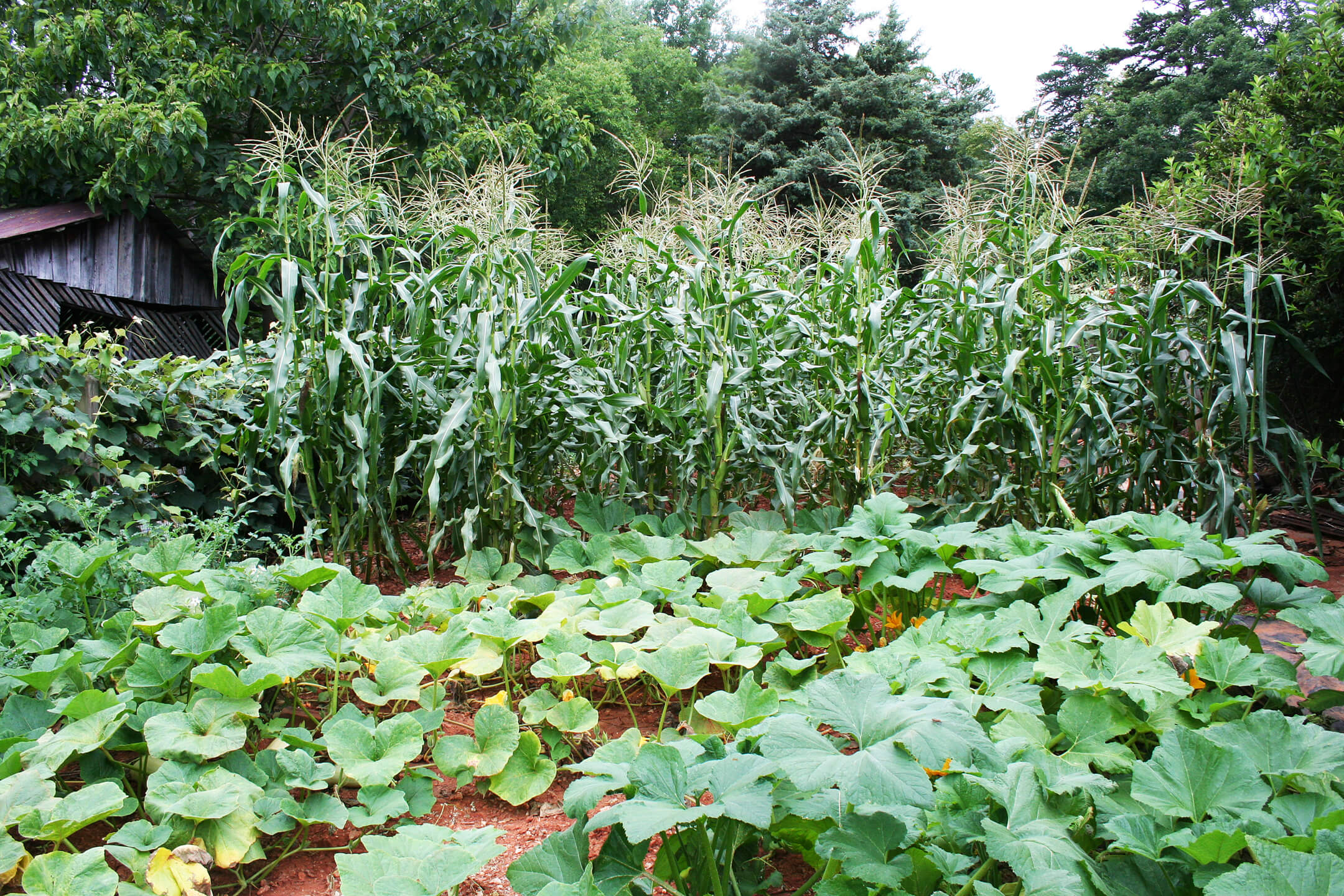
Plant corn in the ground in late spring, once the soil is warm and frosty mornings are long gone. Seeds should be planted about 2 inches deep and 8-12 inches apart and kept lightly moist for good germination. Plant them in no less than 3 rows of 6 to ensure even pollination and good harvest. Provide full sun and tilled soil that drains well and has average fertility and a neutral pH. Working Black Gold Compost Blend into the soil before planting will increase success. Once temperatures heat up, plants will take off. Keep them irrigated but not wet. Ears will be ready when they are plump, the husks are green, and the tassels have turned brown at the tops.
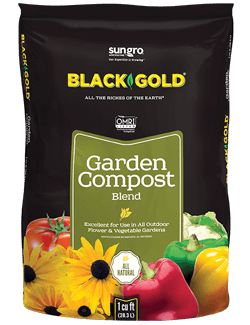 Common pests are corn earworms, which eat the ears from within. Apply BT to the newly forming tassels to keep these pests at bay. Corn smut is a common fungal disease that can distort the ears (read about edible corn smut here!). Fungal corn leaf blights can be a problem in cool, wet weather and cause leaf lesions and seedling death. Bacterial Stewart’s wilt is a less common but deadly disease that causes whole plants to wilt and die. Choosing resistant varieties is your best defense against wilt and blight.
Common pests are corn earworms, which eat the ears from within. Apply BT to the newly forming tassels to keep these pests at bay. Corn smut is a common fungal disease that can distort the ears (read about edible corn smut here!). Fungal corn leaf blights can be a problem in cool, wet weather and cause leaf lesions and seedling death. Bacterial Stewart’s wilt is a less common but deadly disease that causes whole plants to wilt and die. Choosing resistant varieties is your best defense against wilt and blight.
Follow these steps and all you will need is butter and a little salt to season your garden-fresh corn. Depending on what variety you choose, ears should be ready for the plucking by mid to late summer!


